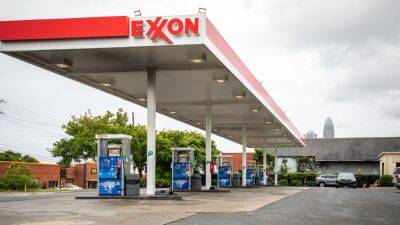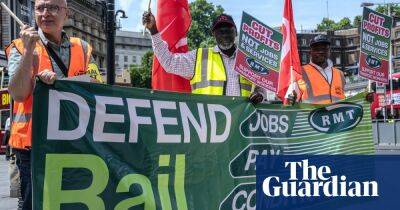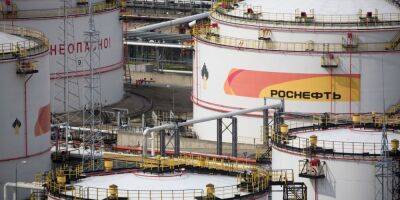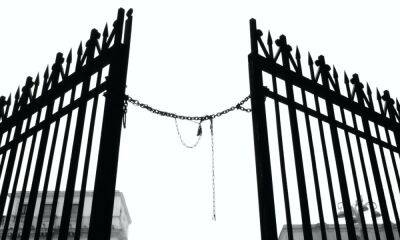Sunak’s design for the windfall tax is complex, but is it any good?
Labour’s front bench is entitled to crow. Rachel Reeves and Ed Miliband have been banging on about the need for – and fairness of – a windfall tax on North Sea oil and producers since January. Since then, Rishi Sunak has stumbled from outright hostility to, now, a full U-turn. The fact the chancellor couldn’t bring himself to utter the word “windfall”, and instead labelled his scheme an “energy profits levy”, only adds to the political sport.
But here’s the thing: Treasury wonks have come up with a very different design for Sunak’s levy. Is the government version better? Well, it aims to raise more money, which is an important difference. We wait to see how much of the Treasury’s “around £5bn” materialises over the next year, but the figure is at least twice as large as any mentioned by Labour, which had merely suggested an extra 10% surcharge.
Sunak has opted for 25% – and, critically, his levy could run until the end of 2025 if oil and gas prices stay high. That multi-year element is crucial, and took the industry by surprise. BP said it would review its North Sea investment. Understandably so: the chancellor has also fiddled with investment allowances – the sweetener for firms within the levy – but this element is not straightforward.
Tax reliefs at 80% on capital spending look superficially generous for oil and gas producers that keep drilling, but the effect of temporary allowances on projects that can take a decade to deliver is hard to decipher. Sunak will have a design triumph on his hands if companies end up investing more, while also paying more tax, but it is impossible at this stage to say that outcome is guaranteed. The reaction in coming days will tell us more.
Meanwhile, the electricity generators are still in
Read more on theguardian.com








![Algorand [ALGO] traders should gauge the potential of this reversal pattern - ambcrypto.com](https://finance-news.co/storage/thumbs_400/img/2022/6/21/30684_n40a.jpg)










